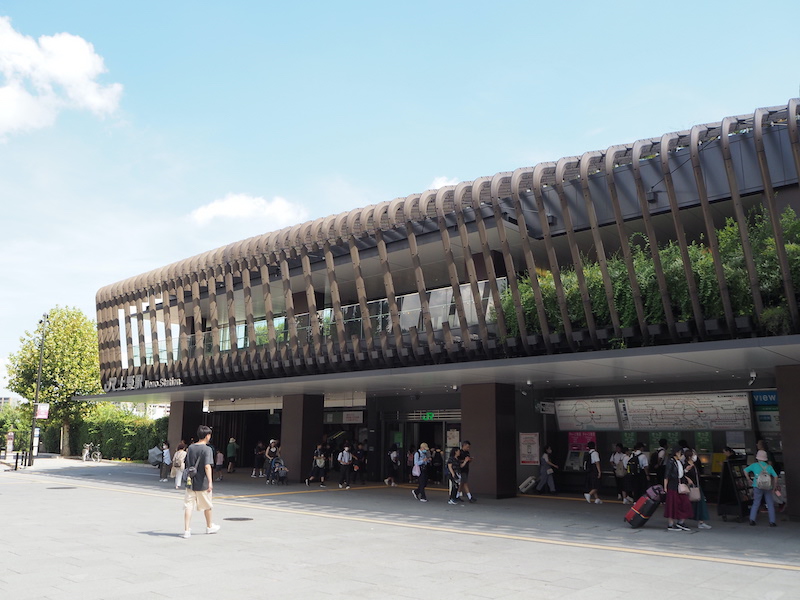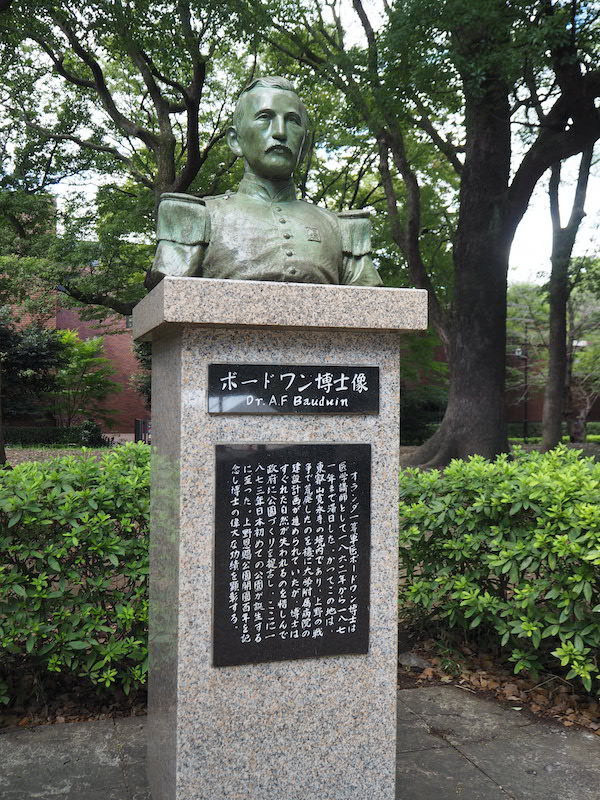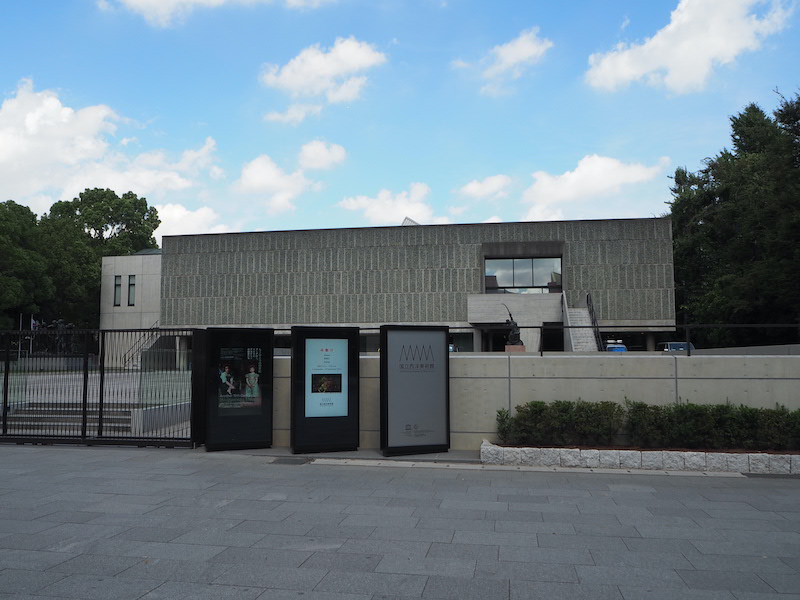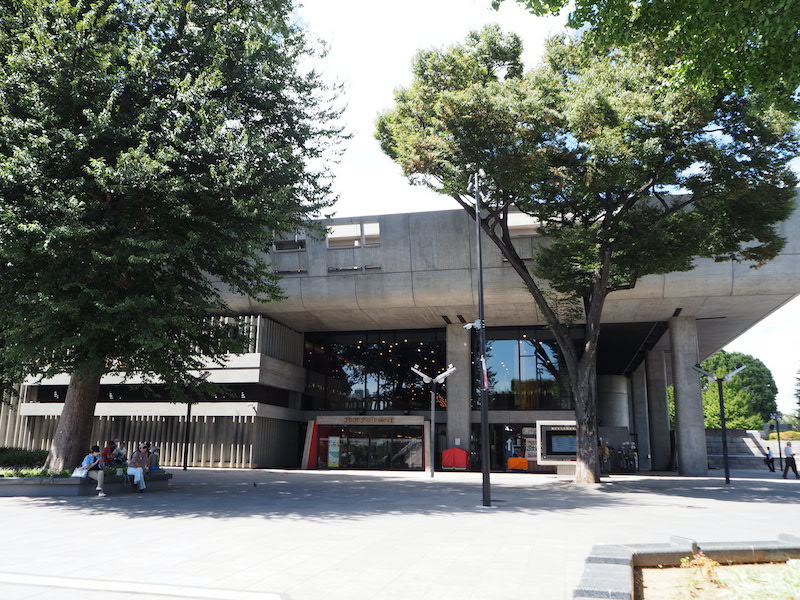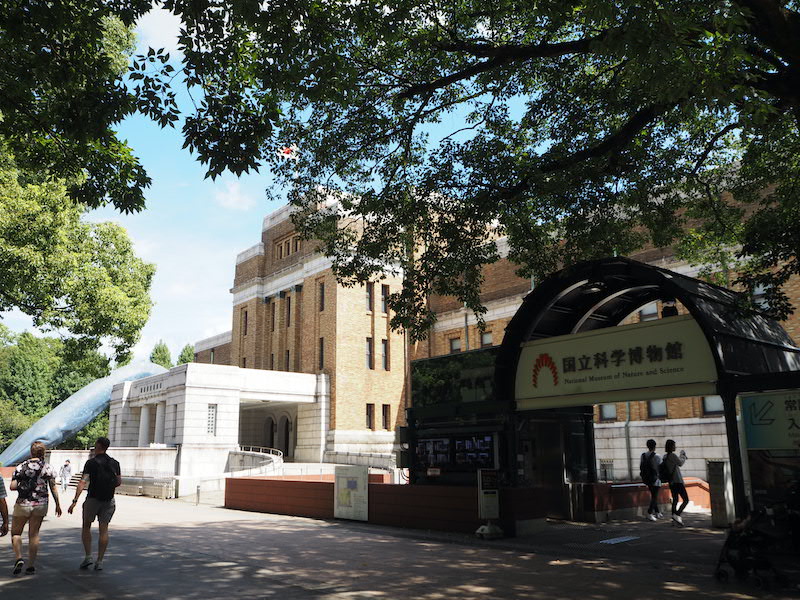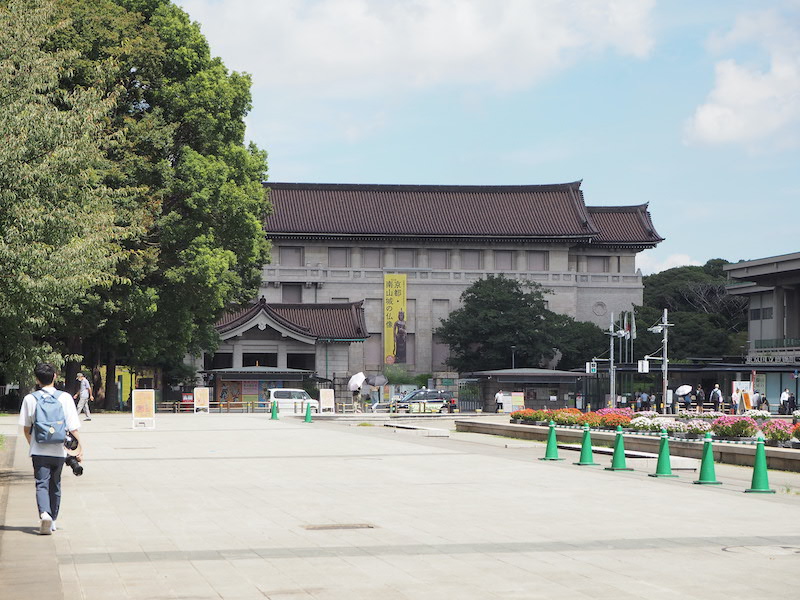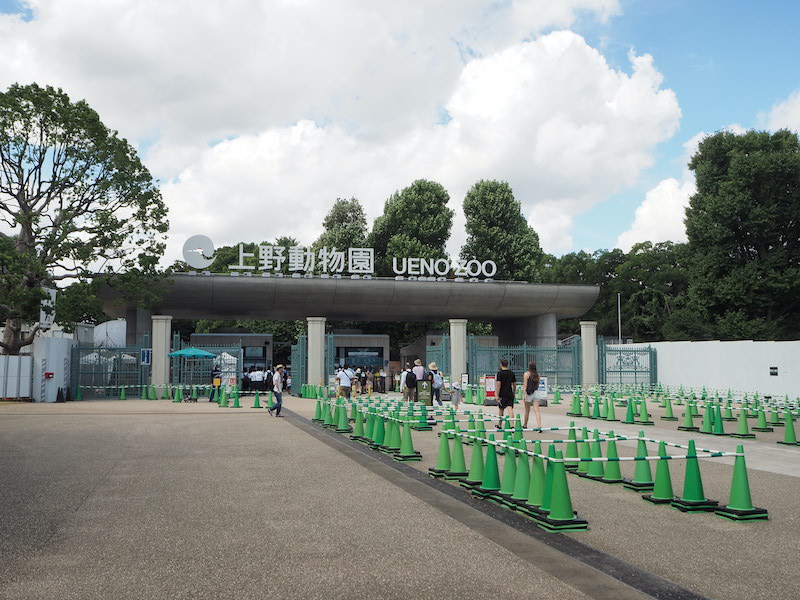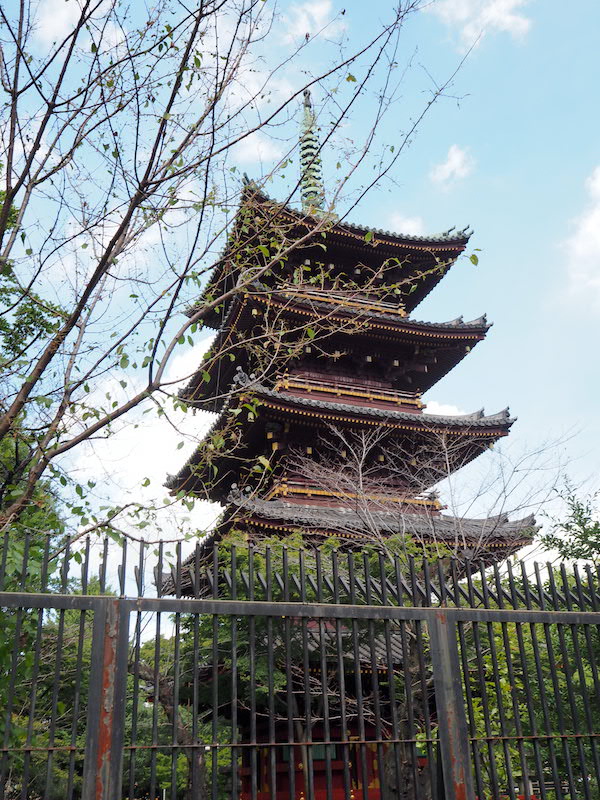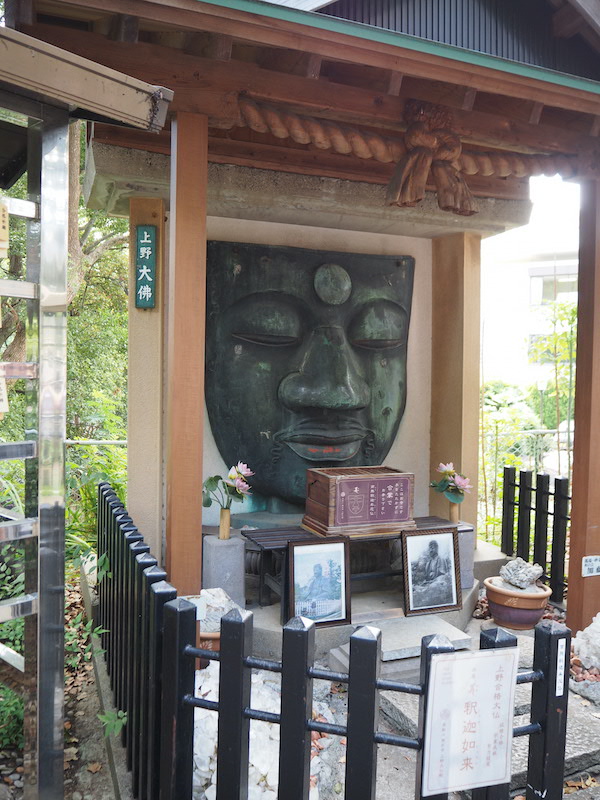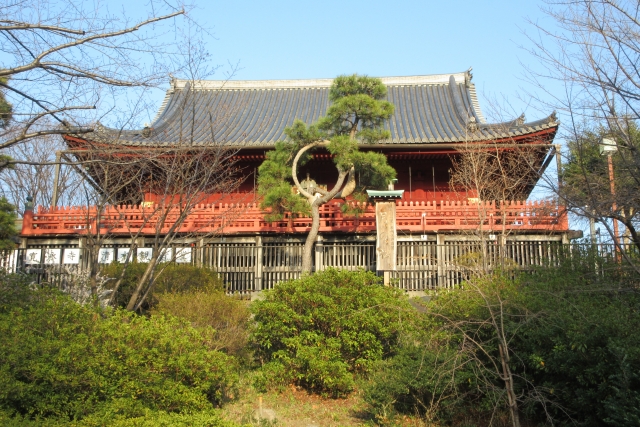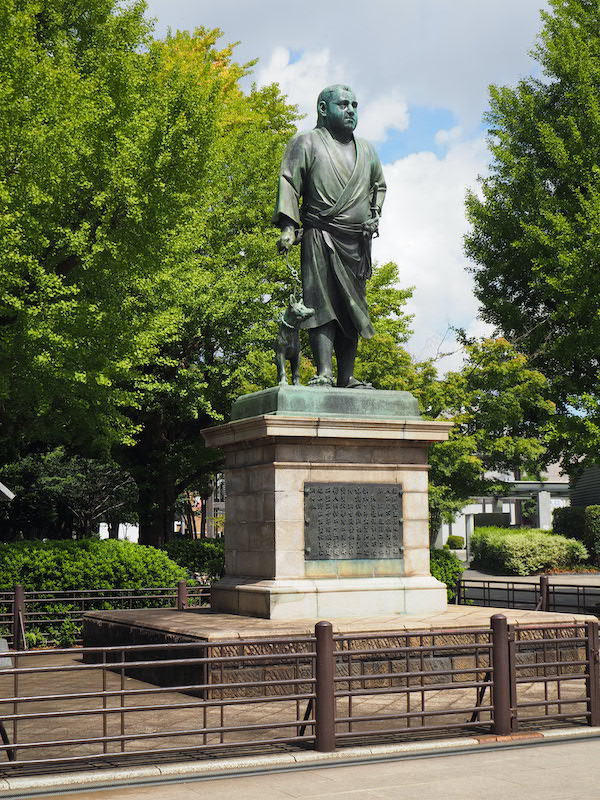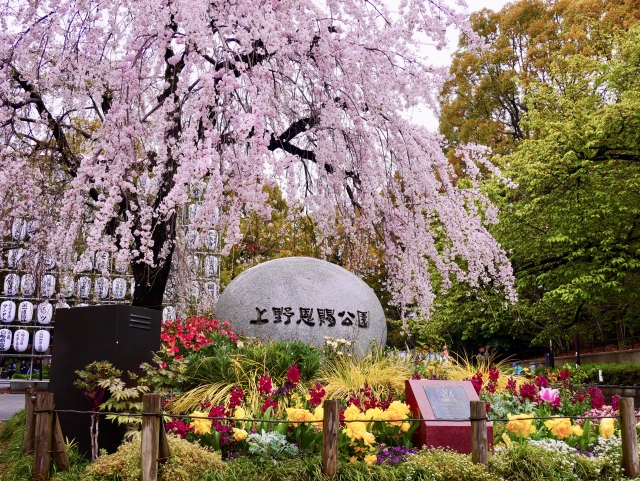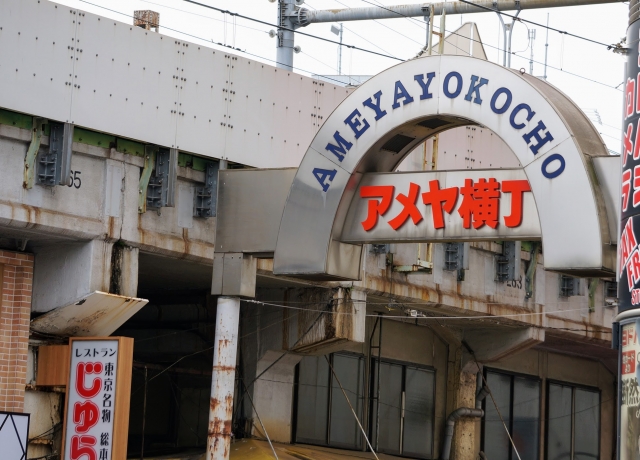The vast grounds once housed a Buddhist temple
The temple became a battlefield during a civil war and vanished
It has since become a cultural epicenter, blessed with art galleries, museums, and more
How to Get There by Train
Ueno Station: JR Yamanote Line, Keihin-Tohoku Line, etc, Keisei Main Line, Metro Ginza Line, Metro Hibiya Line
What’s It Like?
In this expansive land, there once stood Kaneiji Temple, founded in the early Edo period (early 17th century). This temple served as a prayer hall for the Tokugawa Shogunate and was their family temple. However, in 1868, during the collapse of the Tokugawa Shogunate, it became a battlefield, resulting in the loss of most of its structures. The main hall once stood where the fountain plaza is now located. Remnants of the temple include the Five-story Pagoda and Kiyomizu Kannon Hall, preserving their appearance from that era.
The Meiji government initially planned medical facilities for this site, but a Dutch military doctor proposed the idea of turning it into a park. In 1873, it opened as one of Japan’s first Western-style parks. Over time, museums, art galleries, an art university, and a concert hall were established on the premises, solidifying its status as a cultural hub. Additionally, the park features a zoo and a serene pond called Shinobazuno-ike, providing enjoyment across all ages.
Cherry blossom trees have lined the approach since the Edo period, making Ueno renowned for its cherry blossoms. Ueno Park, as a place where history and culture intersect, serves as a tranquil spot for people to engage with. Access from JR Ueno Station’s Park Exit is convenient.
